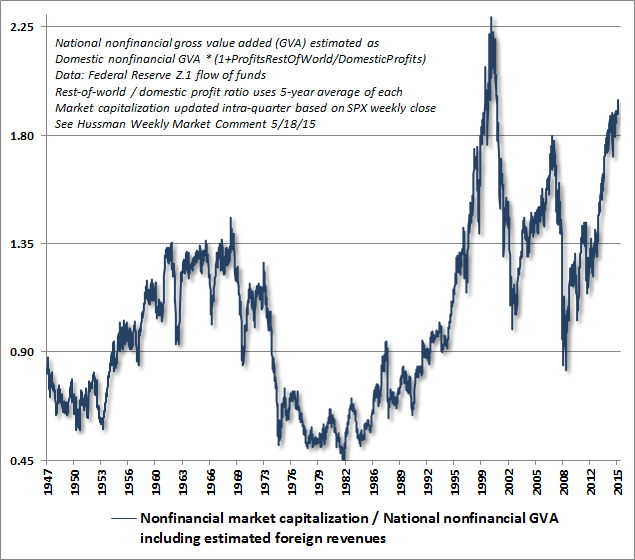Submitted by Tyler Durden on 04/01/2016 13:15 -0400
Just as we predicted, it seems – despite the “everything is awesome” jobs data – that auto sales exuberance has hit the wall of credit saturation. Despite a surge in incentives in Q1, GM US auto sales rose just 0.6% (drastically lower than 6.0% rise expectations) and Ford rose 7.8% (missing expectations of a 9.4% surge). As J.D.Power notes “there are worrisome trends below the surface” of auto sales and with inventories at levels only seen once in the last 24 years (and tumbling used car prices), the automakers have a major problem if this is anything but ‘transitory’.
It wasn’t just GM and Ford though:
- *FIAT CHRYSLER MARCH U.S. AUTO SALES RISE 8.1%, EST. UP 14%
- *FIAT CHRYSLER HALTED IN MILAN, LIMIT DOWN AFTER FALLING 4.9%
- *HONDA MARCH U.S. AUTO SALES UP 9.4%, EST. UP 16%
- *VOLKSWAGEN OF AMERICA MARCH AUTO SALES DOWN 10.4%
- *TOYOTA MARCH U.S. AUTO SALES DOWN 2.7%, EST. UP 5.6%
U.S. light-vehicle deliveries, aided by low gasoline prices, rising discounts and favorable financing terms, have climbed 3.4 percent this year through February after rising 5.7 percent to a record 17.47 million in 2015. But on a selling-day-adjusted basis, new-vehicle retail sales in March are expected to fall 2 percent from a year ago, according to a joint sales forecast by J.D. Power and LMC Automotive. It would be the first time there has been a year-over-year decline in sales on an adjusted basis since August 2010, Power and LMC say.
What is most troubling however is, as JD Power notes, the worrisome trends below the surface…







